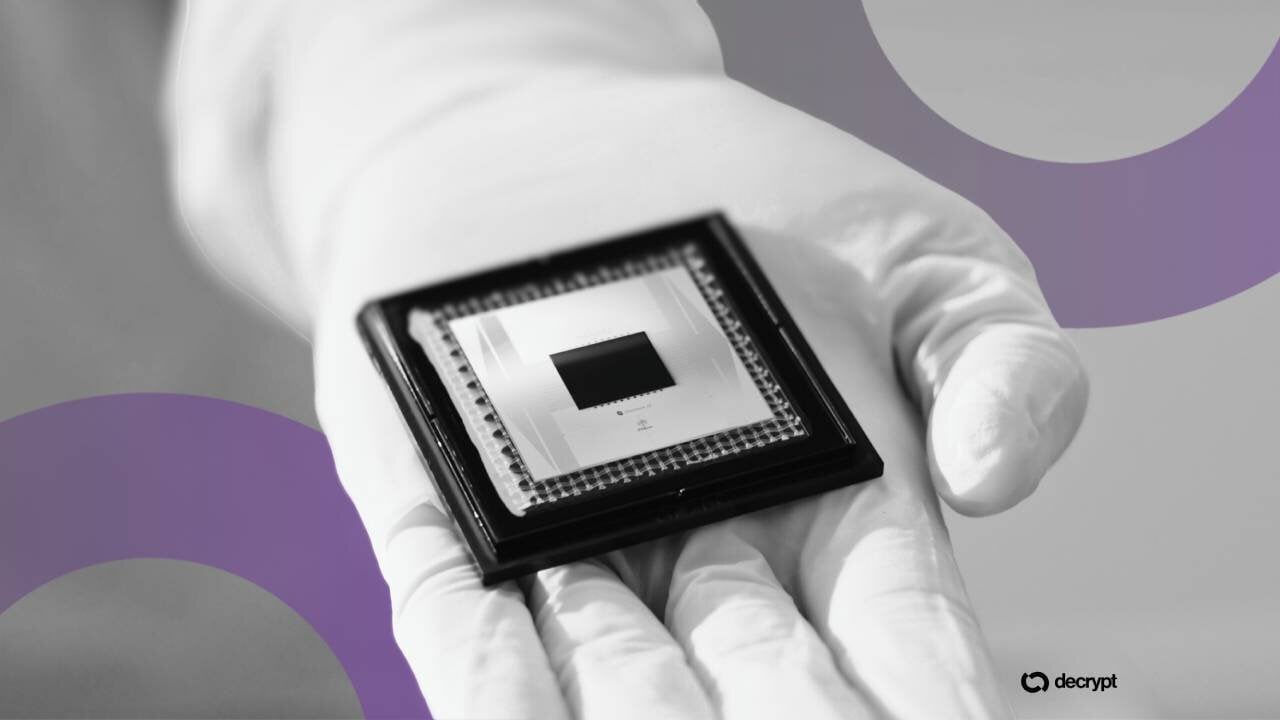New Japanese 10,000 yen notes (currently worth approximately 66 USD), which were released in July 2024 with a portrait of financier Eiichi Shibusawa – often referred to as the pioneer of the modern Japanese economy. (Photo by Richard A. Brooks / AFP) (Photo by RICHARD A. BROOKS/AFP via Getty Images)
AFP via Getty Images
Can Japan’s new—and first woman—prime minister save her country from a severe economic crisis that would also hurt the U.S. and the rest of the Free World?
Sanae Takaichi, who just took office, is a big admirer of Margaret Thatcher. In 11 years as Britain’s leader, from 1979 to 1990, the Iron Lady turned her country, called the sick man of Europe, from an inflation-ridden, overtaxed and economically weak nation into an economic dynamo. She slashed taxes, broke the destructive power of the UK’s trade unions, curbed inflation and pursued a strong foreign policy that helped win the Cold War against the Soviet Union.
In the same vein, Takaichi has advocated a major boost in defense spending to counter China’s growing aggressiveness. She wants a stronger military and economic ties with the U.S. Unfortunately, her economic policies, largely more of what’s gone before, won’t pull her country out of its dangerous economic rut. For years Japan has engaged in massive government spending and ever-higher taxes. Government debt, proportionately, is almost twice that of the U.S. From 1999 to 2024 the Bank of Japan engaged in a destructive policy of zero-interest rates. Financial institutions, under heavy government pressure, loaded up with government bonds whose market value is sharply under book value.
Japan is overtaxed. Combined payroll taxes are over 32% compared with 15.3% in the U.S. Worse, there’s no income limit. In the U.S. the income limit for Social Security taxes is $176,100. Japan’s corporate tax rate ranges up to almost 35%, depending on a company’s size. The top individual rate is 45%.
Moreover, the yen is weak. Still, Takaichi wants yet another one of Japan’s notorious stimulus spending packages.
Thatcheresque tax cuts? Forget it. The tax changes are piddling, and a corporate surtax is coming next year. Takaichi must adopt a muscular, Thatcheresque approach to economics.
Unfortunately, for unfathomable reasons, Japan’s powerful Finance Ministry hates tax cuts. In fact, it likes the opposite. Since the 1990s, it has bulldozed through unpopular tax increases.
Japan has floundered for over 30 years, and the new prime minister must grasp why. Then she has to employ her considerable political skills to get Thatcher-like reforms enacted, starting with meaningful cuts in tax rates.
Japan’s years-long descent into stagnation is a stunning contrast to what it accomplished after the devastation of WWII, from the late 1940s through the 1980s. Japan systematically cut taxes, kept government spending under rigorous control and maintained a sound currency. The result was eye-popping growth rates. By the late 1980s Japan was portrayed in American and European media as an unstoppable economic colossus.
Then Tokyo went off the rails, abandoning its successful formula, which has led to the financial and monetary mess we have today.
If not reversed, Japan’s decline will have global reverberations. A yen currency crisis will hit other major currencies, all of which are currently wobbly. Bonds markets will be in turmoil. Governments would then be tempted to have central banks buy otherwise unmarketable bonds, a surefire formula for a big round of inflation. The geopolitical fallout from such a crisis would be political manna for Russia, China, North Korea and Iran, not to mention other bad global players.
Prime Minister Takaichi’s success would be the Free World’s success.
Source: https://www.forbes.com/sites/steveforbes/2025/10/28/can-prime-minister-sanae-takaichi-save-japan-from-an-economic-crisis/


